The entire sum of what I knew about Alsace before I visited Colmar could be counted on one hand. Thanks to fancying my high school history teacher I knew that Alsace-Lorraine was annexed to France after the First World War, and back again to Germany during World War II. I knew Alsace was famous for it’s wine. And I knew that quiche Lorraine was very tasty!
Other than that I was stumped, and didn’t even know where it was on the map. Maybe because I didn’t fancy my geography teacher. So for once it was quite refreshing to visit somewhere I hadn’t spent months researching, and was excited as I didn’t really know what to expect.
Colmar has changed nationalities many times through the course of history and although it is French today, you will still hear the local Alsatian German dialect spoken almost as widely. Street signs are often written in both languages, and it can be confusing to know which language to use in shops and restaurants. When in doubt, use French first.
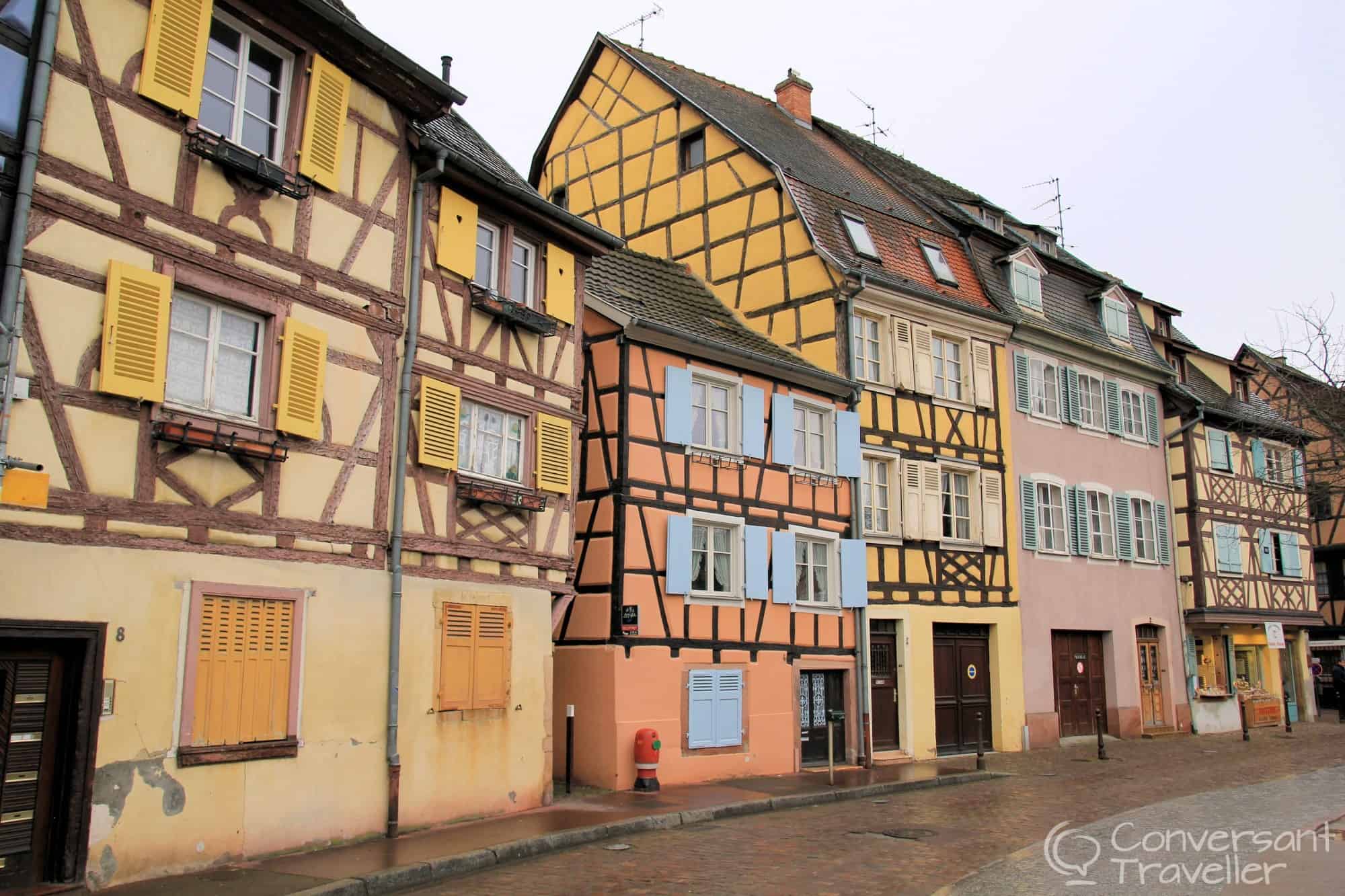
Getting to Colmar
The easiest way is to reach Colmar to fly into either Basel or Strasbourg and then take the train to Colmar. This combination in fact makes a fantastic linear trip, and one we took to avoid doubling back on ourselves. We flew to Basel, took the train to Colmar, then on to Strasbourg. It’s only a short distance between each city, and train travel in Europe is so comfortable and simple.
What to see in Colmar
Despite being the capital of Central Alsace, Colmar easily retains it’s country atmosphere charm since much of the old town is a protected area. The wealth of historical and architectural heritage here is quite astonishing and you truly feel like you are stepping back in time. As all the main attractions in Colmar are found in the old town it is sensible to base yourself here. The best way to explore is simply to wander the old streets and discover it on foot. The walking Discovery Trail which begins down in Little Venice and finishes at the famous Unterlinden Museum is the best route to take, passing many of the main sights and with plenty of restaurants and bakeries along the way you can reward your efforts.
Little Venice
Everywhere seems to have a Little Venice these days, and having visited the real one I have to say most don’t really live up to the name. Colmar however was a different proposition entirely, with it’s quaint cobbled streets, ancient beamed houses overhanging secret canals and cute hidden restaurants around every corner. It was love at first sight! Petite Venise was once the home of a community of wine-makers, boatmen and market gardeners. Today you can take a boat trip on the canal in the summer and admire the buildings from the water, but my favourite spectacle was at night when everything is lit up. What a show!
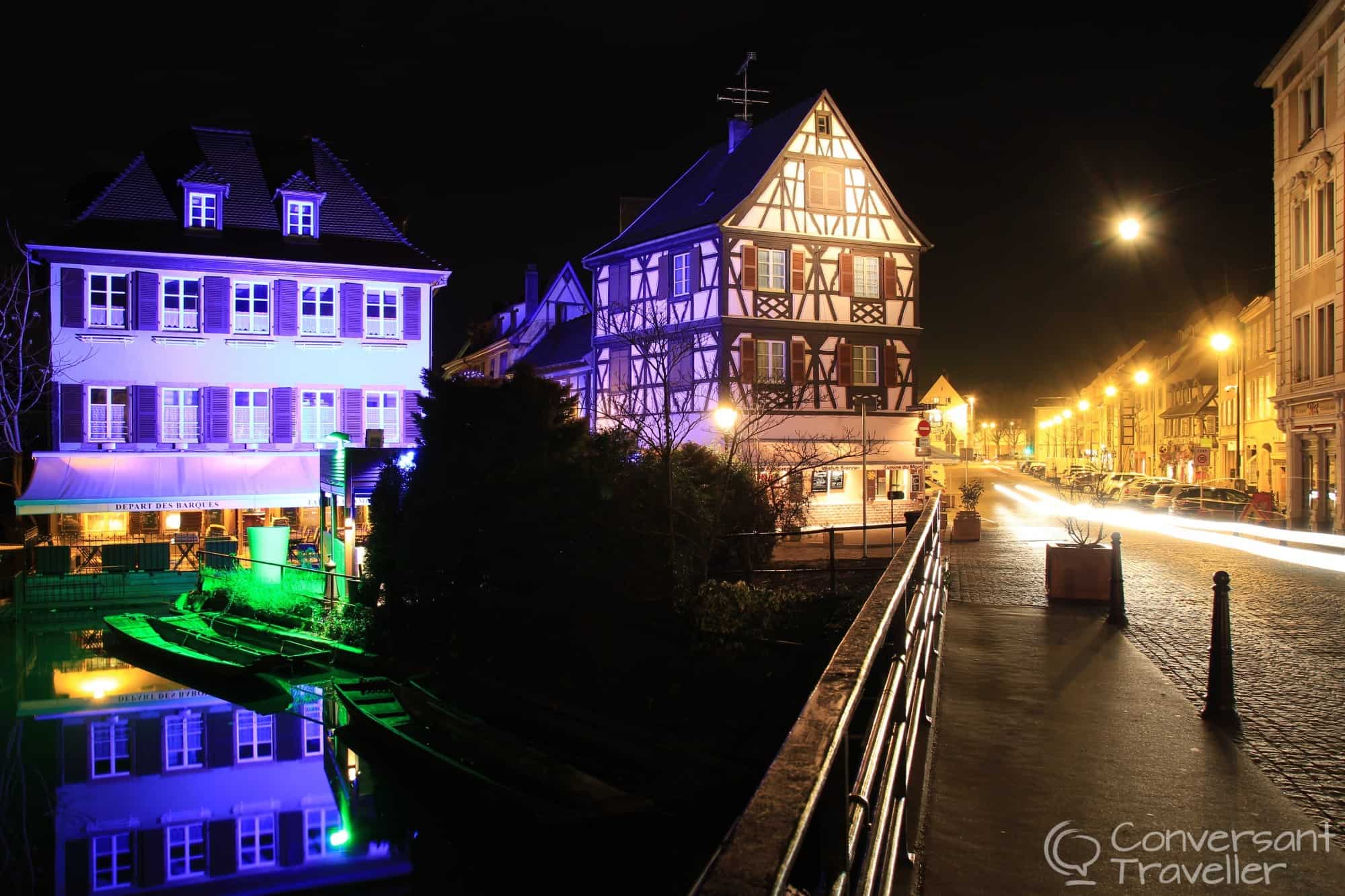
The Fishmonger’s District
Nested between Little Venice and the Tanner’s District, the Fishmonger’s District (featured in the title image) is one of the most striking in the whole town. We were staying at Hotel Le Colombier for a few nights, a delightful property crammed full of history and the perfect spot from which to explore the town. Our room overlooked the famous Rue de la Poissonnerie, the narrow cobbled street leading to the wharf. This area was once the home of the professional fishermen and boatmen, one of the most powerful corporations in Colmar. The fish were stored in ponds and sold in the district to the townsfolk. Although a fire in 1706 destroyed many of the houses, extensive restoration of the iconic and colourful half timbered buildings has returned the area to it’s former glory and I have to say we were impressed.
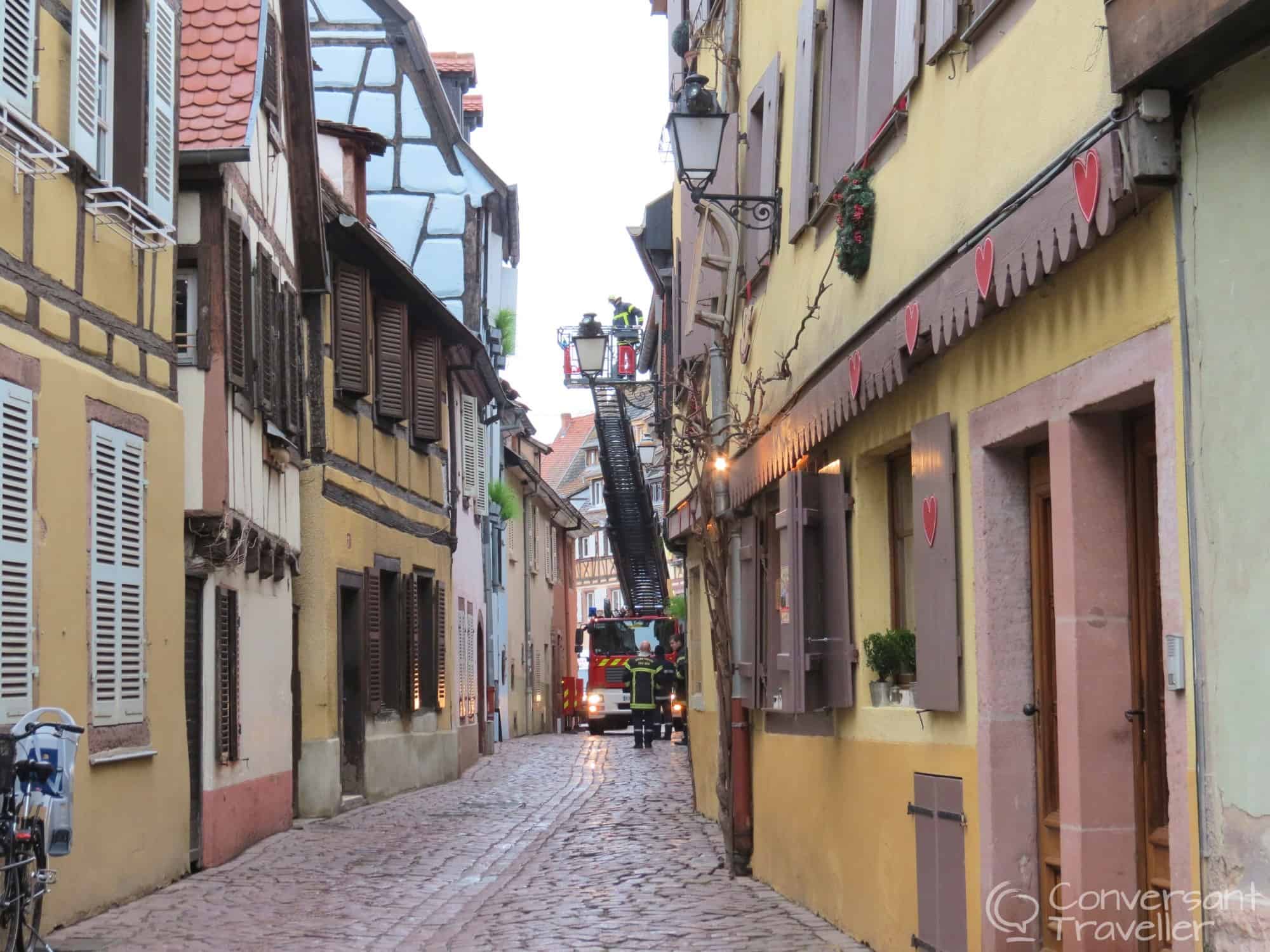
The Tanner’s District
The towering timber-framed houses in this area date back to the 17th Century and belonged, you guessed it, to the town’s tanners. Often with open balcony designs, the upper floors were used to lay out the skins to dry, whilst the families lived underneath.
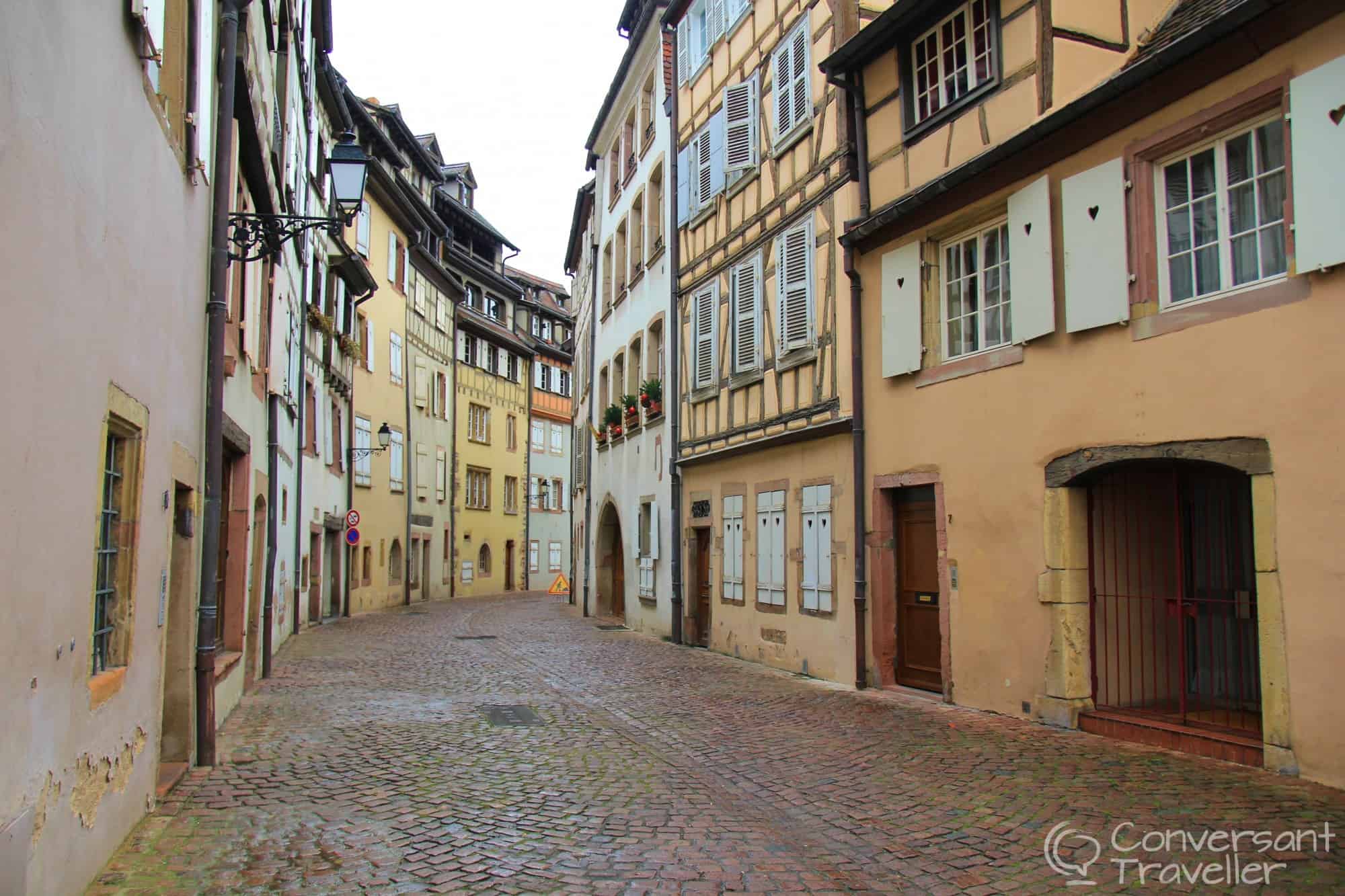
Rest of the old town
Further along the Discovery Walking Trail are several sights worth visiting. The Koïfhus (former customs house) stands strategically at the junction of two of the most important roads in the town, Grand’Rue and Rue des Marchands. Built in the 15th and 16th Centuries, it is the oldest public building in Colmar. As well as being used as a warehouse where both imported and exported goods were taxed, it was also used for meetings of representatives from the 10 imperial cities of Alsace, as well as a theatre and a school. Today the house remains a centre of many community and regional activities.
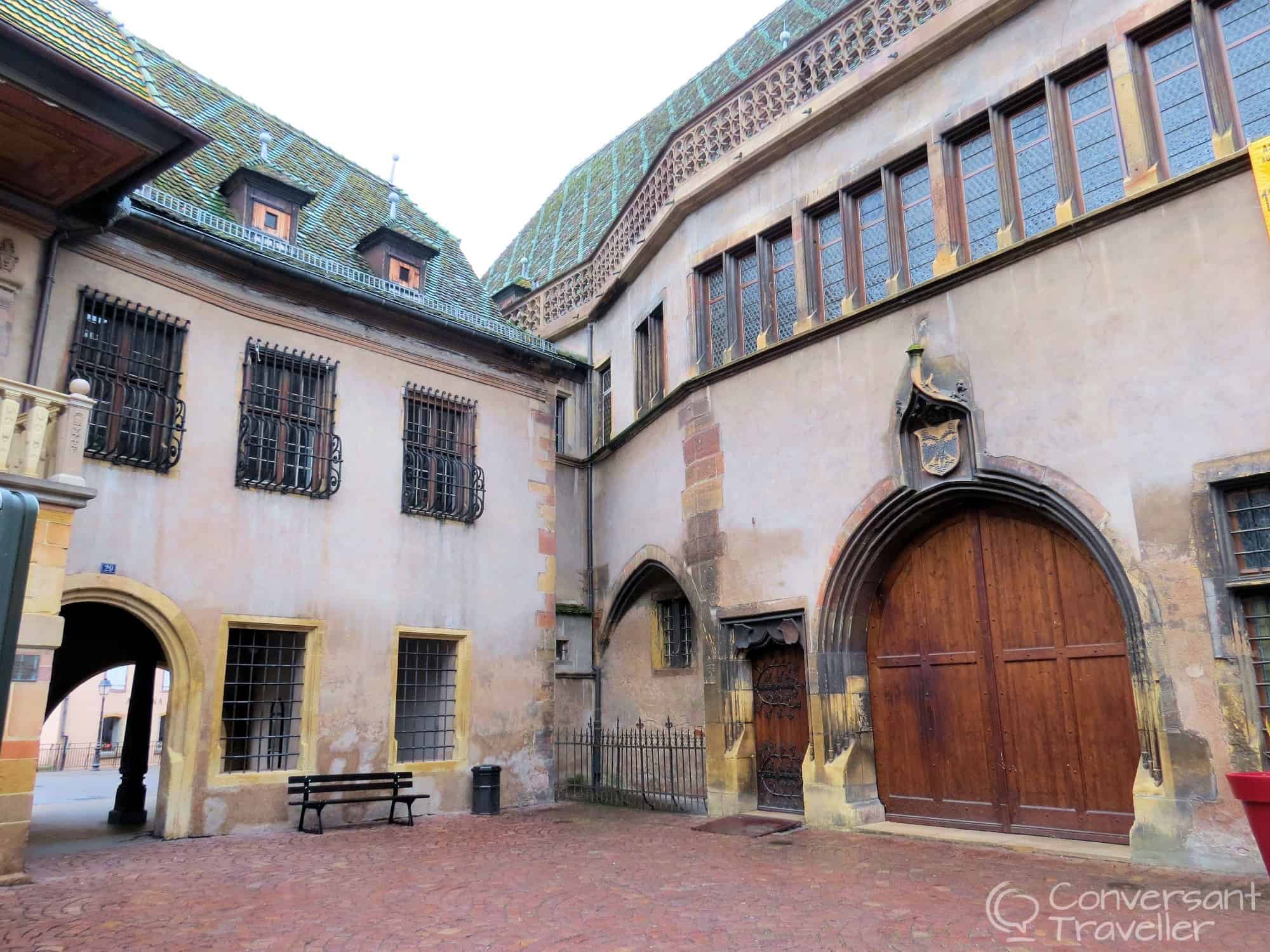
Maison Pfister is a stunning 16th Century house with famous wall paintings and a partial timber structure. It is one of the oldest buildings in Colmar and understandably one of the most photographed. Just as exciting is the equally famous and infinitely more tasty Fortwenger gingerbread shop across the street from Maison Pfister. Be warned. If you cross the threshold you’ll be coming out laden with all sorts of tasty ginger treats, some of which might even make it home to the intended gift recipients. Some of it won’t!
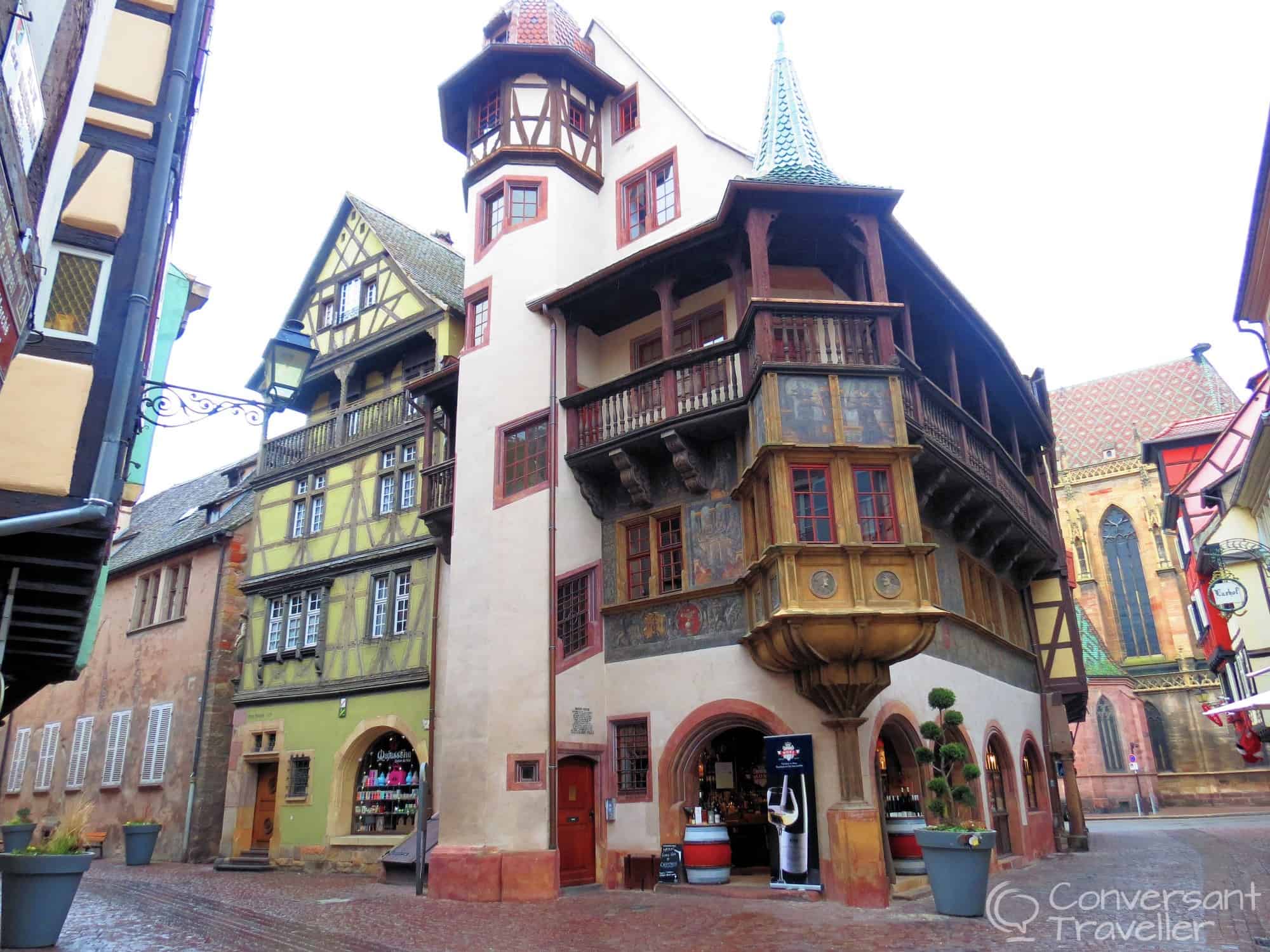
I found the Dominican Church rather stark inside, although the stained glass windows are indeed impressive.

The church dates back to when construction began in 1283 and although extensive and necessary renovations have taken place in the following years, I just couldn’t equate what I was seeing to such a long and interesting history. The real reason to visit at the moment is to see the famous art work by revolutionary painter Grünewald and also Martin Schongauer which are on display here whilst their usual home, the Musée Unterlinden undergoes expansion work. The Musée, which is situated in a medieval convent in the north of the town, is supposedly open during this work, although it was closed when we visited in February. As well as work by Grunewald, you’ll also find pieces by Picasso, Renoir and Holbein here. St Martins is the other noteworthy church in Colmar, a great example of Gothic architecture in the region but also heavily restored over the years due to fire and other damage.
Foundations have been discovered that date back to the 11th and 12th Centuries, but today it is most famous for being built out of pink stone. It is also worth stopping to look at the rather strange Maison des Tetes, a 17th Century renaissance building adorned with faces and grotesque masks. Hence the name. House of the Heads. Colmar also has many famous connections. Voltaire spent several months there in 1753 writing his ‘Annales de l’Empire’, and Auguste Bartholdi, the artist behind the Statue of Liberty was born here in 1834. There is a museum dedicated to Bartholdi in the centre of town in the house that was once his. Strangely exciting to think such a huge and internationally admired landmark originated here in the tiny backstreets of Colmar.
What to eat in Colmar
You cannot leave Colmar without trying Alsatian cuisine at one of the many traditional Winstubs hidden down the ancient streets. Our favourite was the Winstub de la Petite Venise, tucked away down Rue de la Poissonnerie just behind our hotel. We struggled a bit with the menu, but the waitress was helpful and pointed out a few of the key ingredients in English. Not really any the wiser we opted for the dishes with the coolest names. I went for Bibeleskas which turned out to be a tub of potato, a hunk of delicious Munster cheese and a pot of sour cream! Quite a bizarre combination, and I didn’t know quite what to do with it, but it was certainly tasty!
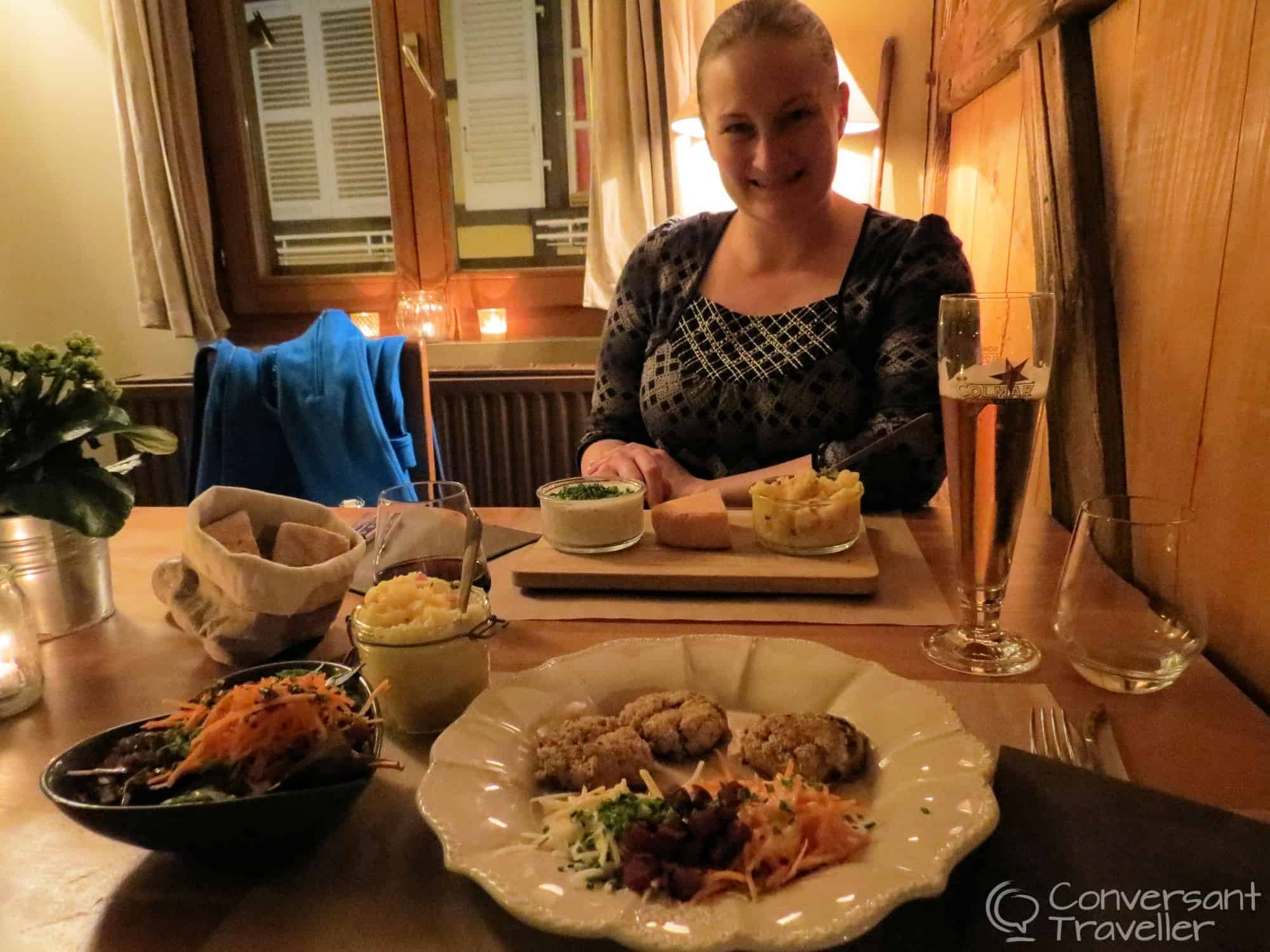
Other dishes you should try whilst in Colmar include Fleischkierle (the Alsatian take on a burger, which hubbie had, above), choucroute or sauerkraut (fermented cabbage), tarte flambée (the Alsatian equivalent of the Pizza) and of course quiche Lorraine. You’ll also find lots of Bretzels (yes, pretzels!) and macaroons in the bakeries, a great excuse for a stop during sightseeing.
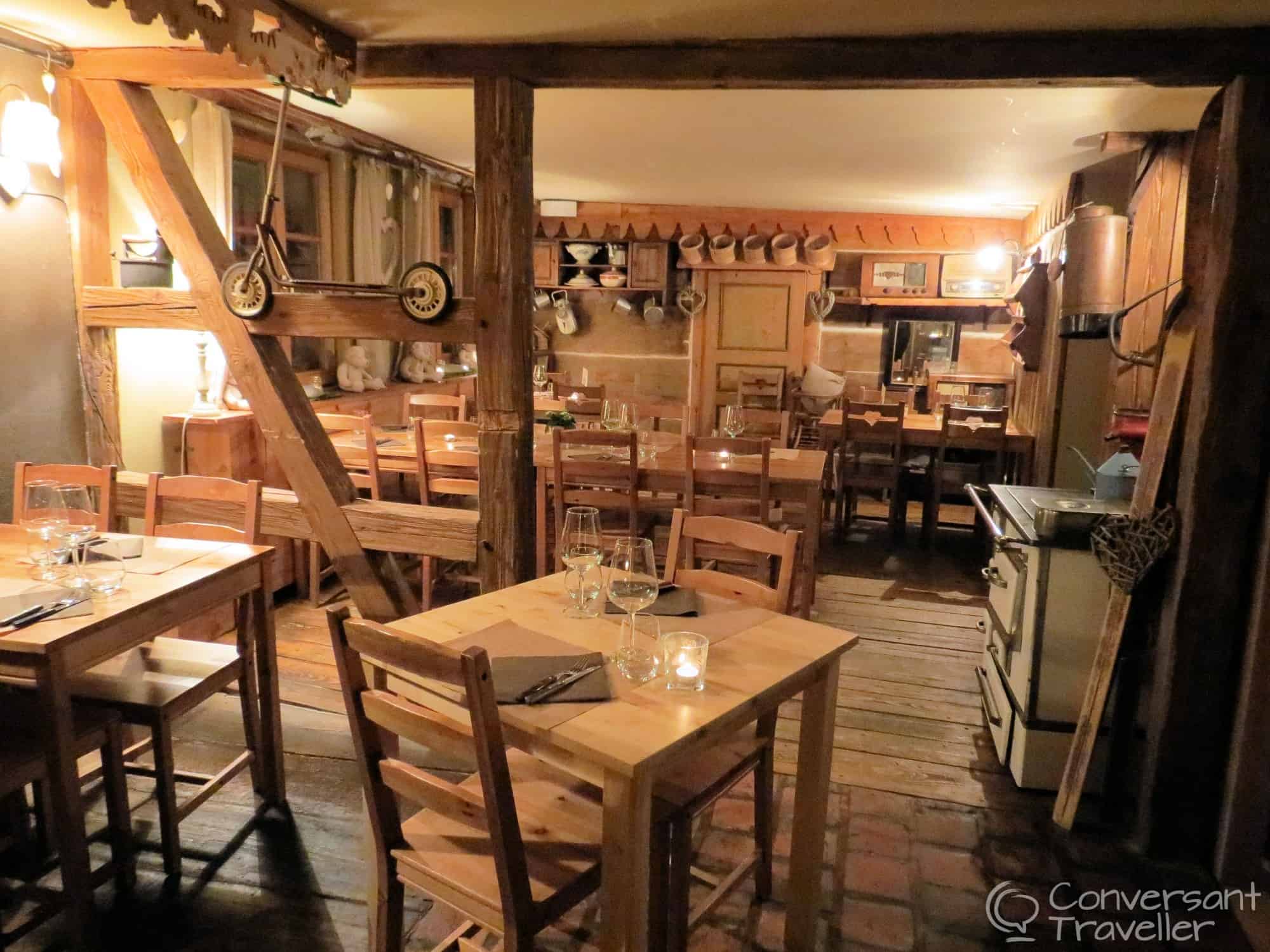
I really fell in love with Colmar and almost don’t want to share my experience with you because I don’t want it to forfeit it’s charm to tourism. But if you promise to keep it our little secret then go with my blessing. It certainly deserves to be seen and I can guarantee you’ll not be disappointed. Just send me some gingerbread to say thanks!!
Where to sleep
We wanted to feel like we were staying in history during our trip to Colmar, and chose the Hotel Le Colombier with it’s beams and perfect location in the heart of Little Venice. Read our review of the hotel here.
Tips
- Joint entrance to the Musée Unterlinden and the Dominican Church costs E8 per person and includes an audio guide to help you make sense of the art.
- Old Colmar is a small area and you can easily see all the main sights in a day. Stay for 2 if you want to visit all the museums.
- Do NOT wear high heels! There are cobbles everywhere and you will not survive!
- The town is illuminated at night on Fridays and Saturdays throughout the year, a unique and magical perspective of Colmar.
- For a free copy of the Discovery Trail map just ask at your hotel.
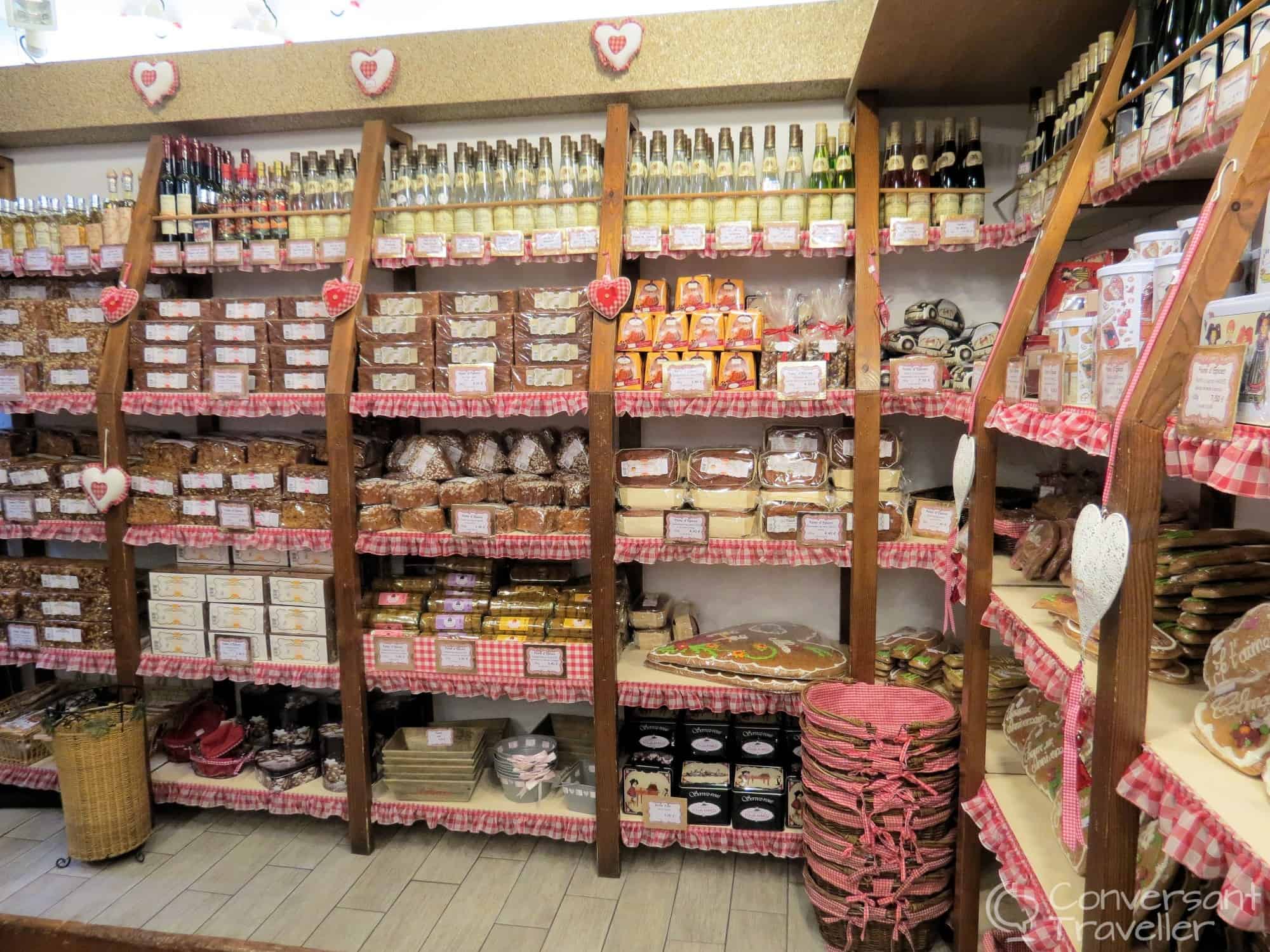

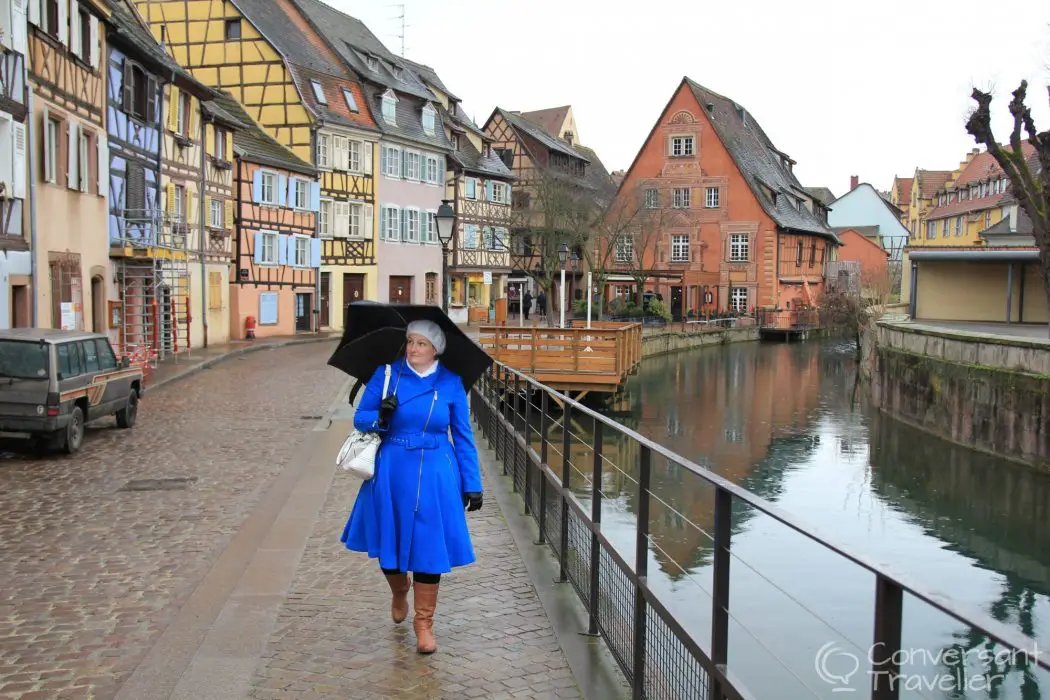


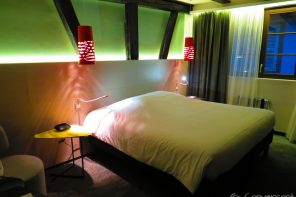
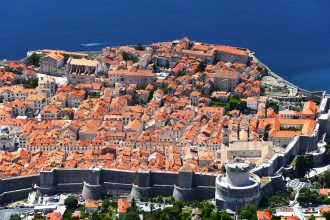
Heather, We often go to the Alsace. We love it! Colmar is one of our favorite little cities, and we’ll be going back. I will try out that restaurant. Love it!
Let me know what you think if you do, it’s a lovely little restaurant with bags of charm!
I’ve been to Colmar once, a great representative of Alsace, beautiful town! I think I could definitely live there for a year or two 🙂
You’d certainly get to know it well living there for a year! 🙂
Ah, the canals make things so awesome!
They do indeed!
Everytime I see beautiful pictures of small towns it makes me want to pack my bags and get out of the city! And I can def see the influence of Germany…
How incredibly enchanting! Rue de la Poissonerie looks just like a painting! I’d love to explore these cobblestones!
It’s definitely the land of picture postcard stuff!
Colmar looks a nice place to wander. The Maison Pfister looks so pretty. .. so much interesting architectural buildings to see
What a nice little town! i love those little cobbled streets and the architecture…Im sure there are hidden but inviting restaurants at every corner :))
There are indeed,far too many to try in just one weekend 🙁
Oh wow, I enjoyed this post and am bummed I did not take the opportunity to visit when I lived in Paris. Strasbourg was as fas as I got for Christmas Markets. I love quaint places like this so definitely would want to visit. Awesome tips by the way.
We visited Strasbourg too, would love to go back for the Christmas markets!
The entire place looks like a movie set! (Can’t you tell I’m a California gal?!) I’d like to be there to see it lit up on the weekend too.
Well I think California is a movie set too 🙂 Perhaps the whole world is just one big movie set!